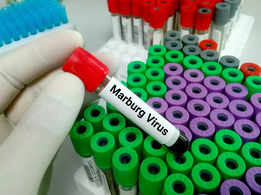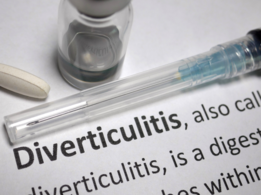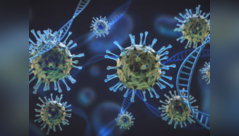01/6Omicron XBB.1.5 variant is spreading at a faster rate

Nicknamed as Kraken, the XBB.1.5 is currently the dominant strain of the coronavirus that causes COVID and has been recognised as the most transmissible strain of the virus detected so far.
The XBB.1.5 variant accounts for more than 40% of the COVID cases in the US currently and is rising to the top position globally among all other variants.
“It’s almost certainly going to dominate the world. I cannot find a single competitor now. Everything else is incomparable,” Yunlong Cao, an immunologist at Peking University in Beijing told Nature. Yunlong's team is studying the properties of XBB.1.5 in the laboratory.
XBB.1.5 is currently circulating in 38 countries, including Canada, Australia, Kuwait, Germany and France.
02/6Top symptoms seen in infections caused by XBB.1.5 Omicron variant


There is no evidence of any new or classic symptom associated with this Omicron XBB’s offshoot. XBB.1.5 led COVID infections are having the same impact on people as the previous variants were.
Classic COVID symptoms like runny nose, sore throat, headache are seen in patients reporting positive for COVID.
03/6"More people actually just have cold-like symptoms"


“We’re seeing more people actually just have cold-like symptoms," Dr Allison Arwady, the Chicago Department of Public Health commissioner said in a press conference, The Express reported.
But [people] are less likely to have those flu-like, really feeling very sick [symptoms such as] the high fevers, the report added.
04/6COVID symptoms to watch out for


The common COVID symptoms people should be wary of are: a sore throat, a runny nose, a blocked nose, sneezing, a cough without phlegm, a headache, a cough with phlegm, a hoarse voice, muscle aches and pains, and an altered sense of smell.
The ZOE Health Study, which tracks COVID symptoms based on user reports on its app, had updated its list of top symptoms in December 2022. "We used to report the top 5 symptoms. But over time, we've seen that these change frequently. So, we're now reporting the top 10 symptoms, which remain more stable," the study had clarified.
05/6What about severity associated with COVID?


Though the symptoms associated with the disease have remained the same as previous variants, does that mean the risk of severity remains the same? Can we be assured that there won't be more risk associated with COVID infection with the XBB.1.5 variant?
XBB.1.5 more likely to infect the vaccinated or those who have had COVID: Report
An internal risk assessment published by the WHO had indicated that XBB.1.5 did not carry any mutation known to be associated with a potential change in severity. However, severity assessments are ongoing, the report added.
"For the record, I don't think XBB.1.5 or any other single Omicron variant is likely to cause a massive wave like the first Omicron BA.1) did," T. Ryan Gregory, Professor of evolutionary biology of the University of Guelph in Canada has tweeted. "I think things are different now for several reasons. One, obviously, is the level of immunity against severe acute illness. Yes, variants evolve immune escape, but boosters and (less desirable by a long shot) infection continue to confer good but partial and waning protection. Another reason is that we no longer have single variants rising sharply, replacing the previous lone variant, and in turn being replaced by a single variant that causes a distinct wave. Instead, we have a cloud of immune-escaping variants at variable frequencies," he has explained in a series of tweets.
06/6Why is XBB.1.5 highly transmissible?


The XBB.1.5 has a higher growth advantage over previous variants of the coronavirus, the WHO technical lead on COVID Maria Van Kerkhove had said last week.
An additional mutation is the spike protein of the variant is one plausible explanation behind the improved transmission rate of XBB.1.5. A study by the Fred Hutchinson Cancer Center in Seattle, US led by virologist Trevor Bedford found that the XBB.1.5 has a reproduction number of 1.6 which means that on average every person infected with it can infect 1.6 other people.
“XBB really sucks at ACE2 binding,” Yunlong told Nature, and the F486P change present in XBB.1.5 helps to surmount that shortcoming, the researcher added.
The ECDC has predicted that XBB.1.5 could be the dominant strain in Europe in one or two months.
































































































closecomments
SIGN IN WITH
FacebookGoogleEmail